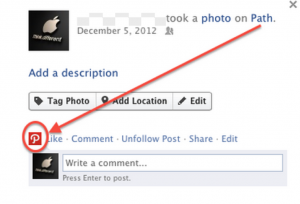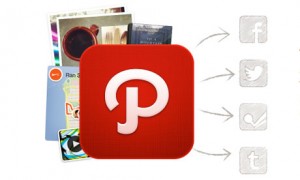The Path to Success
Clare Spaulding | @puyple
Facebook has stood as a shining example of a social media platform where businesses, no matter the size, can flourish. And despite such success, there hasn’t been many attempts to copy Facebook’s “friend” model. But in November 2010, a mobile application emerged that put an interesting twist on a site that had become so integral to our lives: Path.
Limiting its users to a close-knit 150 friends and only available in mobile form, Path was created to be compatible with other social media networks. It allows users to connect their Instagram, Facebook, Twitter, Tumblr, Foursquare, and WordPress accounts, while also granting access to a number of other services like Nike+ Fuelband. Users can share photos, statistics, locations, and more all from one application. Path has also integrated the use of “Path Premium” which allows users unlimited sticker packs and filters, an ad-free experience, and more.
So how does a brand reach a wide audience when the application limits the amount of people that can be reached on an account? The answer lies in Path’s compatibility, then intimacy. When Path is used to post to another social media account (the application allows users to post to multiple sites at once), a tiny Path icon appears with the post, letting other users know that Path was involved in making the post. 
By using Path to post to other social media platforms, an audience will be aware of a brand’s Path presence before they even open the app.
Inside the application, businesses have created close-knit circles of fans and offered special deals and content to those that befriend them on Path. This creates an exclusive space for loyal customers to receive updates they wouldn’t normally find on Facebook or Twitter.
Barely three years old and already boasting 20 million users as of September, Path is very much an untapped market. What can your business do with Path?

